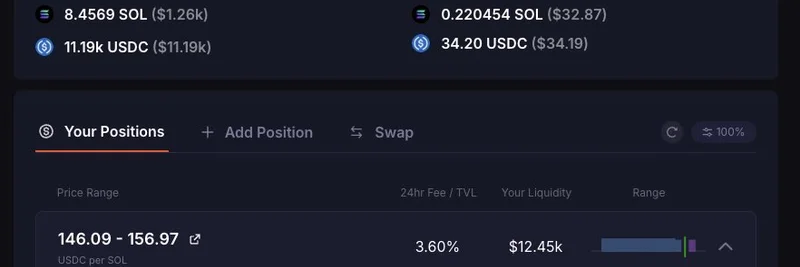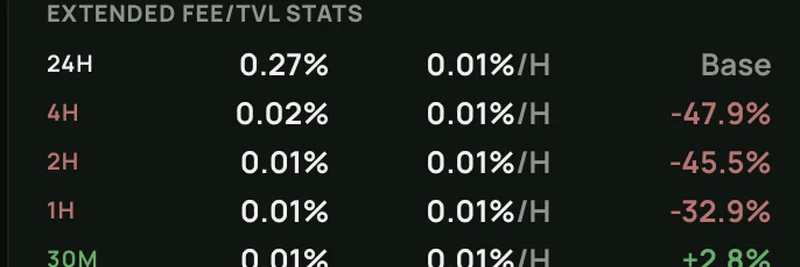If you're into DeFi on Solana, you've probably heard about providing liquidity to earn fees, especially in pairs like SOL-USDC. But with tools like Meteora's Dynamic Liquidity Market Maker (DLMM), things get interesting when you tweak parameters like bin-steps. Bin-steps refer to the small price increments in the liquidity pool, affecting how tightly your liquidity is concentrated and how much you earn from trades.
Recently, a thread on X from @defigosha caught our eye. They ran an experiment during a choppy market to compare a 1 bin-step pool (0.01% fee) against a 4 bin-step pool (0.04% fee) for SOL-USDC. Choppy markets mean lots of price swings, which can be gold for liquidity providers if positioned right. The goal? See if tighter spreads from smaller bin-steps really outperform in practice.
The setup was straightforward: both pools started with about $10,000 USDC and $2,500 in SOL, repositioned into two-sided positions after some initial volatility. They ran for around four hours amid market turbulence.
First up, the 1 bin-step results showed solid performance, but it came after the wildest swings had passed. Here's a snapshot of the outcomes:
Not too shabby, right? But the 4 bin-step pool edged it out. Why? @defigosha shared two key assumptions. During high volatility, the granularity of smaller bin-steps might not shine as much because prices jump too quickly—think 0.5% moves per minute overwhelming the tight spreads. On the flip side, in slightly calmer periods with a directional bet (like selling SOL on the upside), the higher 0.04% fee captures more value without needing constant ranging.
Check out the 4 bin-step results for comparison:
This echoes past experiments but with nuances tied to market conditions. For established pairs like SOL-USDC, which often serve as the backbone for meme token trading on Solana, these insights are handy. If you're liquidity providing in volatile times—common with meme pumps and dumps—consider the trade-off between spread tightness and fee rates.
Meteora (meteora.ag) makes this easy with their DLMM tech, allowing retail providers to join the LP Army and optimize strategies. If you're new to this, start small, test in sim mode if available, and always DYOR. Experiments like this highlight how DeFi evolves, helping you stack those fees smarter.
For more on Solana liquidity strategies and meme token ecosystems, stick around Meme Insider. What's your go-to LP setup? Share in the comments!


